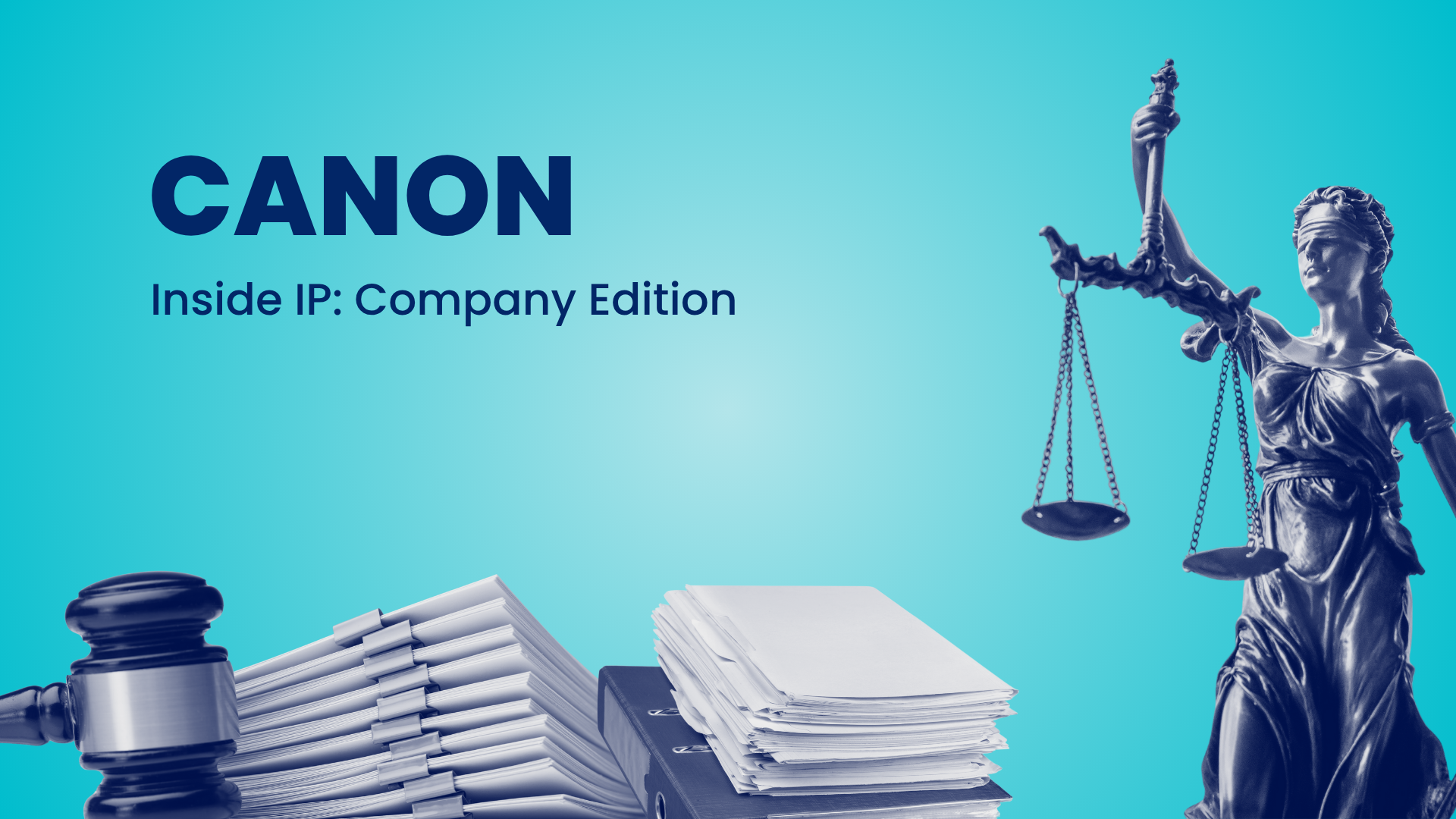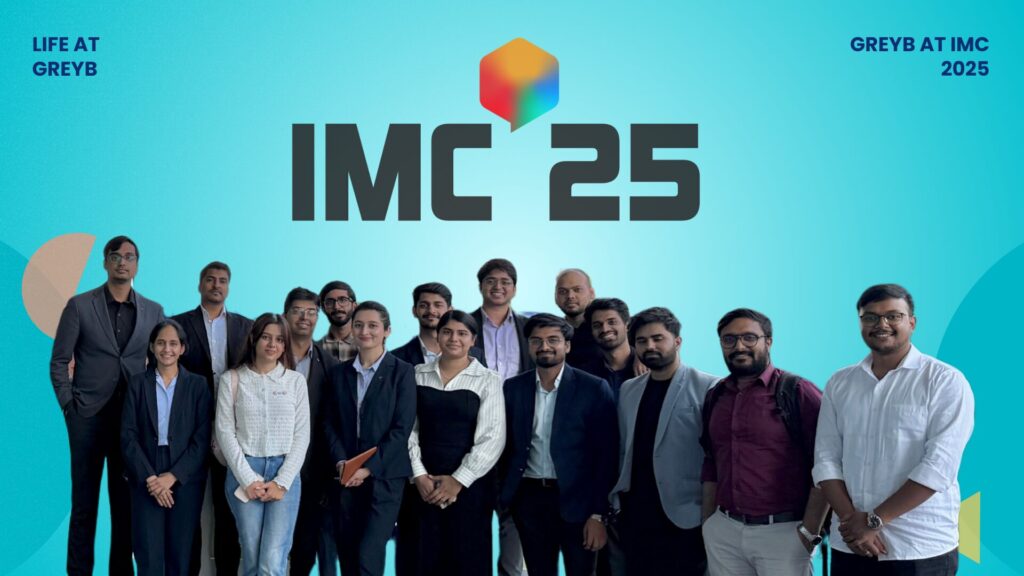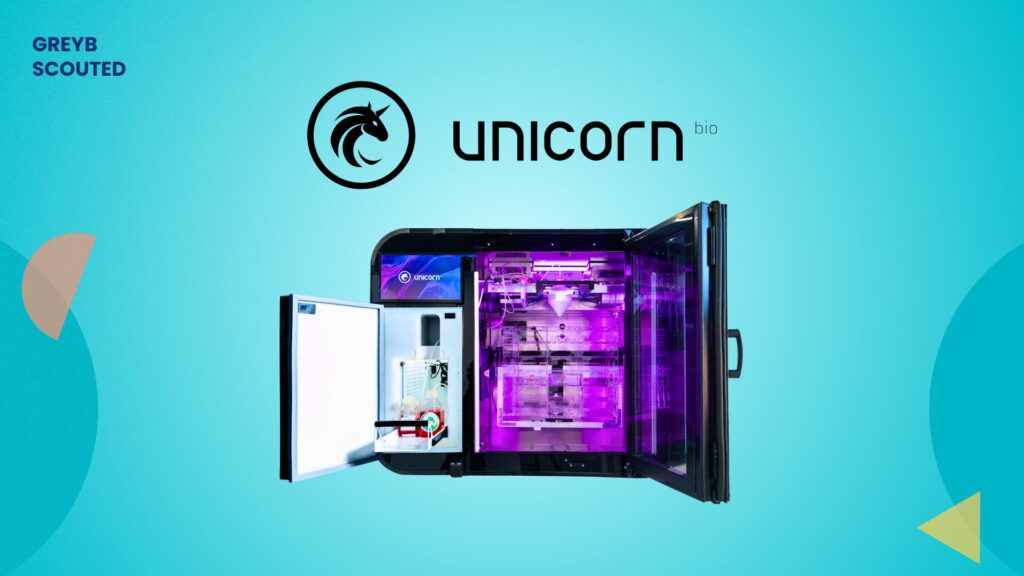In the dynamic landscape of global technology, intellectual property stands as a critical pillar, shaping competitive advantages and fostering innovation. For a venerable giant like Canon, renowned globally for its imaging, optical, and industrial solutions, a robust and agile IP strategy is not just an asset but a core business driver. Beyond its iconic cameras and printers, Canon’s patent portfolio reveals a sophisticated interplay of focused R&D, strategic market penetration, and proactive risk management, especially as it delves deeper into emerging technologies.
Strategic IP Management in the Imaging and Optical Industry: A Case Study on Canon
Canon’s global market position is underpinned by a continuous pursuit of technological excellence. Its intellectual property portfolio, spanning hundreds of thousands of patents worldwide, reflects a deep commitment to innovation across its core domains and a strategic expansion into new frontiers. This analysis delves into Canon’s IP landscape, shedding light on its patenting activities, litigation responses, and strategic maneuvers that position it at the forefront of technological advancement.
Evolving Litigation Risks for Canon and Strategic IP Defense
The nature of patent litigation is constantly shifting, and Canon’s approach demonstrates a sophisticated adaptation to these changes. Historically, Canon has navigated a range of disputes, particularly those related to its extensive imaging and computing solutions. However, recent trends indicate a notable evolution in its litigation profile.
Over the past six years, Canon has been involved in a moderate number of patent litigation cases as a defendant, primarily in the imaging and printing sectors. A significant proportion of these cases, approximately 96%, have been resolved efficiently through settlements or voluntary dismissals. This highlights Canon’s strategic preference for resolving disputes outside of prolonged court battles, showcasing an effective approach to managing legal risks and ensuring business continuity.
Litigation Trends: From NPEs to Operating Companies
An in-depth look at Canon’s litigation data over the last decade reveals a clear pattern:
| Litigation Period | Total Cases | Cases by University | Cases by Operating Companies | Cases by Non-Practicing Entities (NPEs) |
|---|---|---|---|---|
| 2020 – 2024 | 21 | 0 | 1 | 20 |
| 2014 – 2019 | 37 | 0 | 3 | 34 |
Note: Operating companies that have litigated Canon in the past decade include RR Donnelley & Sons Co, Avigilon Corp, Trover Group Inc, and The Security Center Inc.
The data indicates a pronounced shift, with Non-Practicing Entities (NPEs) consistently driving the majority of litigation against Canon, accounting for approximately 95% of cases in the more recent period. This trend underscores the importance of a robust defense strategy tailored to address NPE assertions.
Furthermore, Canon’s litigation focus has seen an interesting shift in technological domains. While core computer-related disputes have seen a reduced number of cases, there has been a significant surge in litigation activity within the semiconductor and memory technology domains. This strategic pivot highlights Canon’s increasing involvement in advanced chip and memory solutions, reflecting its efforts to integrate cutting-edge components into its imaging and optical systems. Canon is actively defending its intellectual property, with a strong emphasis on administrative challenges through the Patent Trial and Appeal Board (PTAB) and engagement in district court litigation, particularly in key jurisdictions like the Southern District of New York.
Bolstering Innovation Through Strategic Patent Filing
Canon’s commitment to innovation is demonstrably reflected in its strategic patent filing activities. Over the last decade, Canon has strategically focused its patent efforts across several key technological areas:
- Advanced imaging techniques for enhancing picture quality and video capture.
- Innovations in energy-efficient processing to boost device sustainability.
- User interface developments for intuitive interactions with computing devices.
- Photolithography advancements crucial for semiconductor manufacturing precision.
- Improvements in digital display technologies for enhanced viewing experiences.
These areas underscore Canon’s dedication to pushing the boundaries of imaging and energy-efficient technologies. While its extensive portfolio sometimes leads to intricate internal cross-references during new patent prosecution, this is often a characteristic of a rich and deep innovation pipeline. Such instances often necessitate refining claim scope to ensure distinctiveness and a strong, defensible IP position, a common practice for companies with highly prolific R&D. This continuous refinement helps ensure that each new patent contributes distinctly to Canon’s comprehensive IP ecosystem.
Leading Patents with Broad Influence
Canon’s foundational contributions to technology are evident in its highly cited patents. Patent citations serve as a powerful indicator of a patent’s influence and significance within its technical field. Canon’s top patents demonstrate a profound impact on subsequent innovation with total citations around 1500 each.
- US7601984B2
- US7872259B2
- US7453065B2
The patent US7601984B2, with over 1800 citations, stands out as a highly influential asset, playing a significant role in its respective field and shaping subsequent technological developments. The consistent high citation counts for these patents underscore Canon’s role as a pioneer in critical technology areas.
Canon’s Strategic Acquisitions for IP Expansion
Canon’s IP strategy extends beyond organic innovation to include strategic acquisitions that bolster its technological capabilities. A notable example is its acquisition of Satalyst, an Australian-based Microsoft Solutions Partner specializing in cloud security and data. This move, following a significant ransomware attack in 2020 that highlighted the vulnerabilities of IoT devices like IP cameras, signals Canon’s proactive commitment to enhancing data privacy and security. By integrating Satalyst’s expertise, Canon is strategically expanding its intellectual property and capabilities in the critical and rapidly growing Internet of Things (IoT) security domain, positioning itself for a stronger competitive edge.
Global Reach: Where Canon Focuses Its Patent Filings
Canon maintains a truly global patent footprint, strategically filing patents in key jurisdictions to protect its innovations and market interests:
| Jurisdiction | Approximate Patent Count (Past 20 Years) | Strategic Significance |
|---|---|---|
| Japan | Over 150,000 | Home country R&D foundation, core innovation safeguarding. |
| United States | Approximately 90,000 | Global technology hub, crucial for worldwide operations and competitiveness. |
| China | Around 40,000 | Major manufacturing ecosystem, expanding market for imaging and consumer technologies. |
| European Patents | Approximately 35,000 | Access to high-value markets with strong IP enforcement. |
| Asia-Pacific Region | Over 225,000 (total) | Collective regional powerhouse, including Korea (~20,000), Taiwan (~15,000), and emerging markets. |
| WIPO (International) | Approximately 25,000 | Facilitates global IP protection in multiple jurisdictions. |
| Germany | Around 8,000 | Key European market. |
| United Kingdom | Approximately 5,000 | Important European market. |
| Brazil | Around 2,500 | Growing Latin American market. |
| Russia | Approximately 1,500 | Expanding Eurasian market. |
This extensive geographic distribution highlights Canon’s comprehensive strategy to safeguard its innovations in core R&D centers, major consumer markets, and strategically emerging economies. The Asia-Pacific region, especially, serves as a significant backbone for Canon’s innovation efforts, reflecting its deep engagement across the region.
Innovation Leadership: Contributions to Wireless Standards
Canon has demonstrated a growing strategic emphasis on wireless communication technologies, particularly in the Wi-Fi domain. While its historical contribution share to overall Wi-Fi standards (e.g., around 0.60% for Wi-Fi 6 and 0.40% for Wi-Fi 7) has been selective, its patent ownership in these areas shows a remarkable increase. Canon’s patent share in Wi-Fi technology has grown notably, rising from approximately 1.5% in Wi-Fi 6 to over 5% in Wi-Fi 7. This significant growth signals Canon’s strategic move toward integrating advanced wireless capabilities into its products, such as cameras, printers, and smart home devices, to enhance connectivity and performance.
Canon has been an active contributor to the development of the Wi-Fi 7 standard, making over 120 contributions in key areas such as Multi-link operation and EHT Signaling and Format. The company holds a substantial portfolio of patent families related to these critical Wi-Fi 7 features, positioning it as a potentially strong licensing partner for companies entering the Wi-Fi 7 market. This proactive engagement in standard development and strong related patent holdings reflect Canon’s commitment to staying at the forefront of wireless innovation.
Canon also leverages a strong pool of inventors, particularly in its Wi-Fi development efforts. Prominent inventors such as Viger Pascal, Nezou Patrice, Baron Stéphane, Sevin Julien, Ouchi Masatomo, Yoshikawa Yuki, and Inohiza Hirohiko have significantly contributed to Canon’s Wi-Fi 6 and Wi-Fi 7 patent families, underscoring the vital role of individual expertise in shaping the company’s innovation trajectory.
Strategic Risk Mitigation: Navigating Emerging Technologies
As Canon integrates new technologies like 5G into its product portfolio, such as its network cameras designed for industrial and medical applications, it is also strategically managing associated IP risks. While 5G-related products currently represent a smaller portion of Canon’s overall revenue, this area is poised for growth. Canon has thus far experienced limited involvement in 5G patent disputes. However, with expanding 5G-enabled offerings, the company is well-positioned to proactively mitigate potential vulnerabilities by building a robust patent portfolio and exploring strategic licensing agreements to ensure smooth integration of these critical technologies. Canon’s history of strategic patent sales in Wi-Fi also suggests a pragmatic approach to monetizing its innovations and managing its portfolio.
Canon’s comprehensive IP strategy, encompassing organic R&D, strategic acquisitions, global patenting, and proactive litigation management, positions it for continued leadership in the evolving technology landscape. By carefully navigating both established and emerging domains, Canon ensures its innovation remains protected, influential, and aligned with future market demands.
Elevate Your IP Intelligence
Want regular updates on how your competitors are using patents to gain an edge, or how industry trends are shaping intellectual property strategies?
Subscribe to our Inside IP newsletter for insights into patent filings, litigation shifts, licensing opportunities, and strategy breakdowns across tech and innovation-driven sectors.
Track your Competitors’ IP Strategy
Subscribe for Updates







